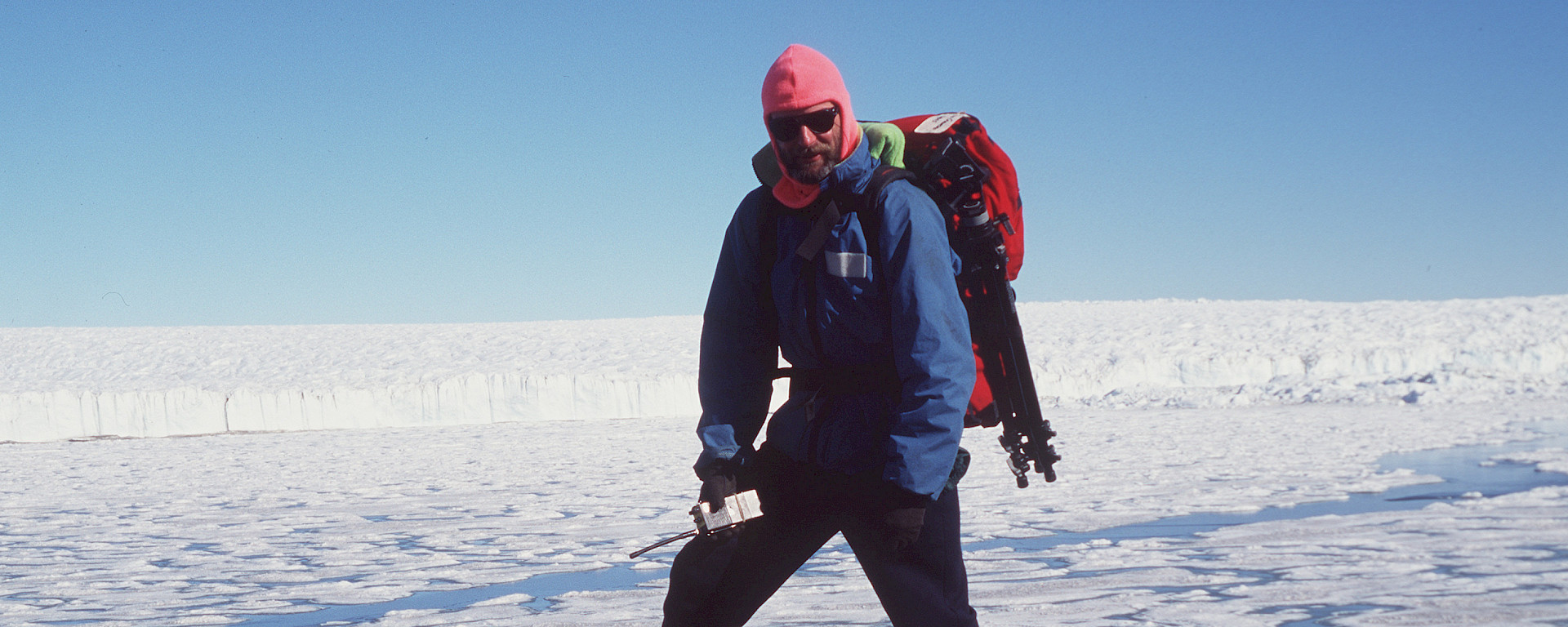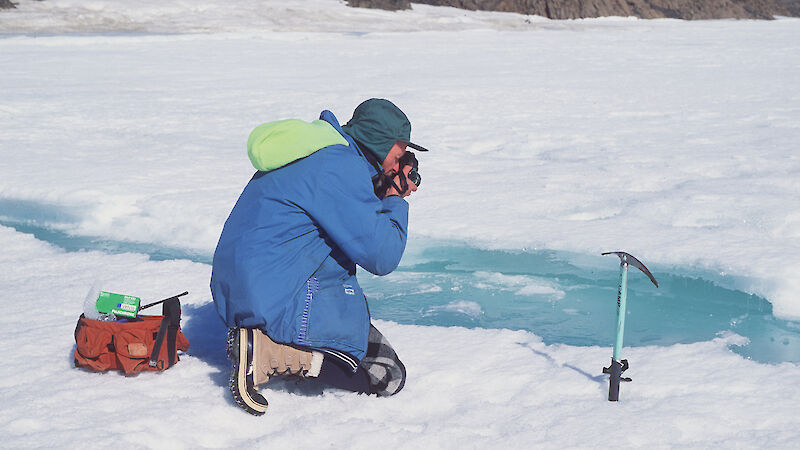Denis Crawford formed his business, Graphic Science, to combine his lifelong interests in photography and science. His background includes ten years with the Victorian Department of Agriculture in entomological research, and an Honours Degree in Applied Science (Photography) from RMIT (Melbourne).
Denis has developed an international reputation as a macro-photography specialist and regularly lectures on the subject. His skills took him to Antarctica with the Australian Antarctic Division’s then-titled Humanities Program in the summer of 1995 and 1996 to photograph the marine fossils of Marine Plain near Davis station. His expertise has even taken him to Brazil to run a workshop on insect photography at the XXI International Congress of Entomology in 2000.
Denis has several publications to his name including Insects and Diseases of Australian Potato Crops (co-authored with Paul Horne and Rudolf de Boer) and Backyard Insects (co-authored with Paul Horne). His colour plates of set butterfly specimens are a feature of the Whitley Medal winning CSIRO publication Butterflies of Australia (text by Michael Braby). “Denis Crawford’s plates are masterpieces in their own right. I know of no comparable plates anywhere.” — Murray Upton, editor of Butterflies of Australia.
His images and articles have appeared in many other publications in Australia and overseas including American Entomologist, The Good Bug Book, Core Science 4, British Journal of Photography and Australian Geographic.
Antarctic impression
I have been an avid reader of books about explorers for as long as I can remember. I was particularly fond of the epic stories about Mawson and Shackleton. As I developed an interest in photography I became fascinated with the work of early Antarctic photographers, especially Hurley and Ponting. To be asked to go to Antarctica as a photographer in the footsteps of legends was to live my life’s dream. There are an endless number of photographic subjects in Antarctica and in my short time there I tried to capture as many as I could. There is a special light and feel to views in Antarctica and it constantly changes. People who have never been to Antarctica think of it as all white and boring — they couldn’t be more wrong. You haven’t seen a sunset until you have seen one amongst the icebergs. Magic!



